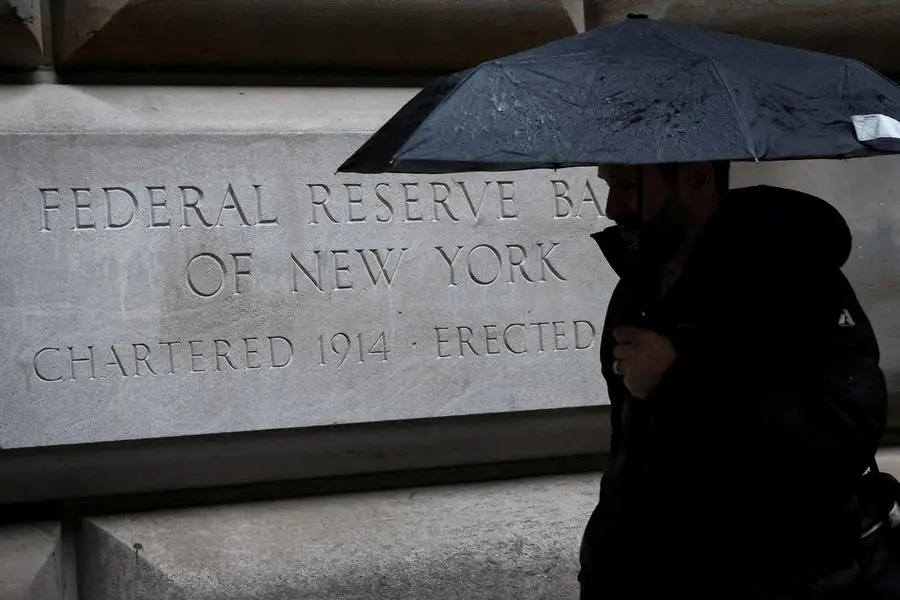The US Federal Reserve is expected to implement a 100-basis-point (bps) reduction in interest rates in 2025, according to Swiss bank UBS. The anticipated cuts are seen as a factor contributing to the continuation of the “Roaring 20s,” characterized by robust economic growth, rising markets, and accelerated productivity.
Gradual Rate Cuts Expected
Investment officers and economists predict that the Fed will reduce rates by 25 bps, or 0.25%, per quarter. However, concerns remain about how President-Elect Donald Trump’s policies might affect the trajectory of inflation, potentially influencing the scale and timing of these cuts.
Opportunities and Risks in 2025
Mark Haefele, Chief Investment Officer of UBS Global Wealth Management, noted that 2024 had been a strong year for markets, setting the stage for opportunities and challenges in 2025. He highlighted Trump’s election victory, the ongoing war in Europe, and the risk of a trade war as key factors shaping the global economic outlook.
“We expect about 100 basis points of Fed rate cuts in 2025, and that, along with further developments in AI, drives 10% further upside for the S&P 500 by the end of 2025,” Haefele said.
Inflation and Trade Policies Could Impact Cuts
Paul Donovan, Chief Economist at UBS GWM, warned that Trump’s headline policies, such as large-scale deportations of migrant workers, could disrupt the labor market, leading to inflationary pressures that might hinder the Fed’s ability to reduce rates.
Donovan also highlighted the potential impact of tariffs. Trump’s administration is expected to pursue a universal tariff policy, though bilateral tariffs are considered more likely due to congressional and legal hurdles. “We would expect to see a series of graduated tariffs come through against China, and some bilateral tariffs on major imports from other countries, in areas where there are obvious US substitutes,” Donovan said.
Sectors like European car manufacturing could be particularly vulnerable to trade tariffs, along with other industries where US production can provide substitutes.
Energy Policies and Middle East Impact
Trump’s campaign slogan, “drill, baby, drill,” which references plans to expand US oil and gas production, could affect global markets. While this move aims to lower domestic fuel prices, it may have a muted impact on the Middle East due to ongoing diversification efforts in the region.
Donovan noted that increasing US oil production might widen the gap between West Texas Intermediate (WTI) and Brent oil prices. While a drop in oil prices could dampen GCC economic growth, diversification efforts in countries like Saudi Arabia could offset some of the effects.
Saudi Arabia’s Economic Resilience
Themis Themistocleous, CIO EMEA, projected that Saudi Arabia’s non-oil GDP will grow by at least 4% in 2025, thanks to government-led diversification initiatives. This growth is expected to cushion the economy against potential oil price corrections, though the extent of resilience will depend on the severity of the price drop.






